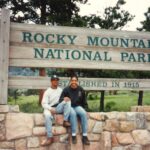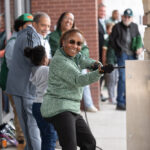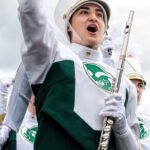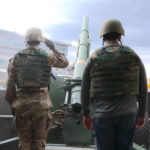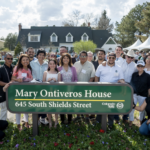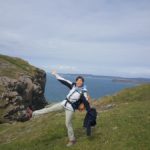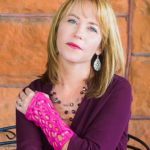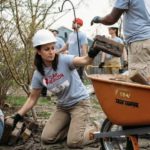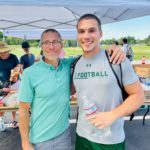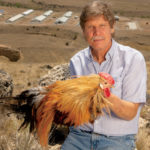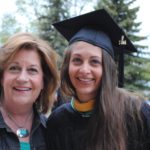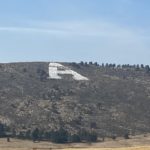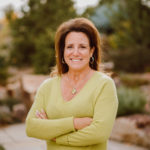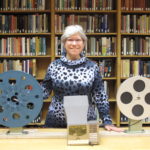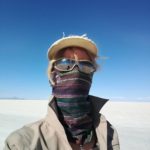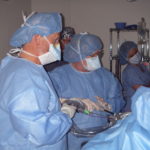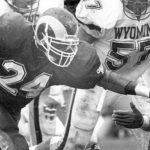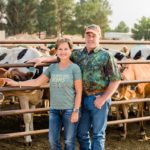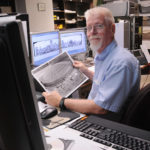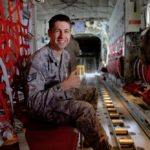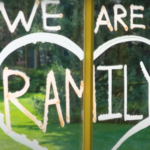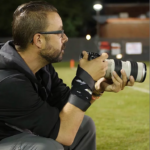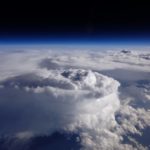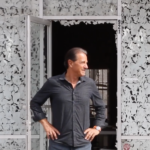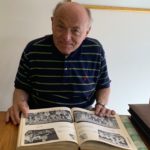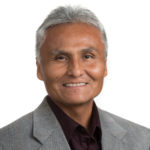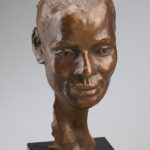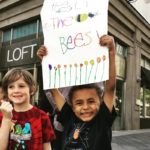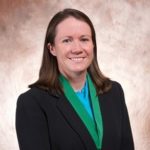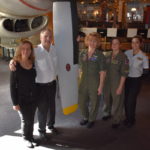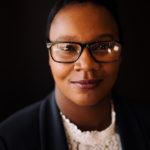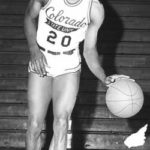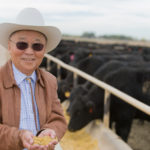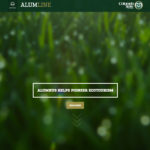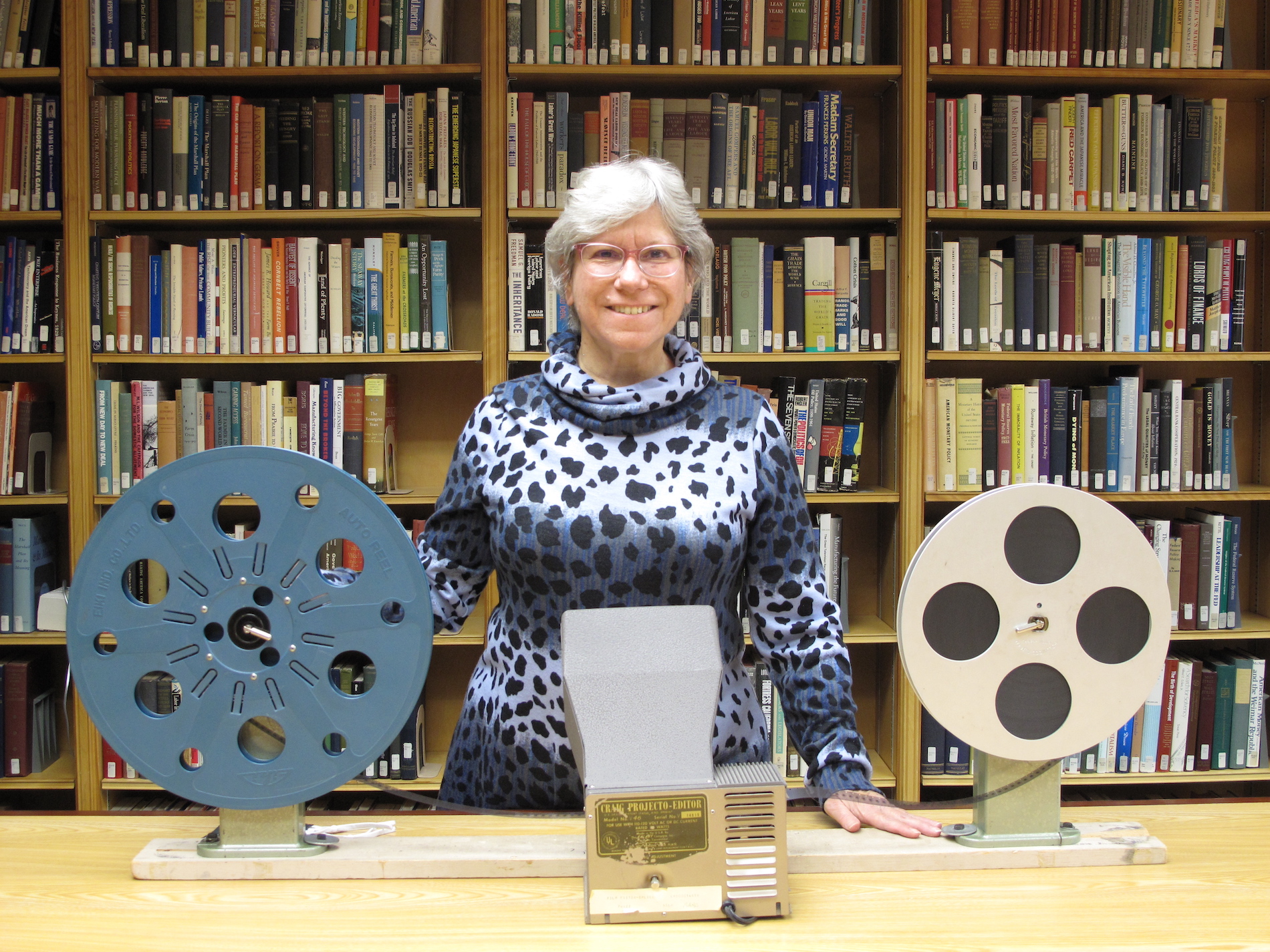
Where does one go to find information on President Herbert Hoover for a paper in history class or to learn the origins of a government program or agency from that era? An extraordinary number of people seeking similar information communicate with Lynn Smith (M.A., ’91), the audiovisual archivist at the Hoover Presidential Library and Museum in West Branch, Iowa.

After obtaining an undergraduate degree in history at another university, Smith’s plans to become a history professor were modified after meeting CSU history professor Art Worrall when she made a spontaneous visit to his home. The two had a conversation, during which he told her about his department’s history archival management graduate program, selling it as “skills that pay.” Smith enrolled in the program, becoming extremely engaged with the material as well as the wonderful professors, including Harry Rosenberg, who graduate students would jokingly refer to as “Cousin Harry from Detroit,” Liston Leyendecker, and Jim Hansen.
Smith recalls her course work in the program as “stimulating”; she loved learning “how historians write history” and worked hard to become skilled in that craft herself. She also notes that archival management skills were a career builder. Her first job after graduation was at what is now known as Heritage Lakewood Belmar Park, a history park, museum, and festival site in Lakewood, Colorado.
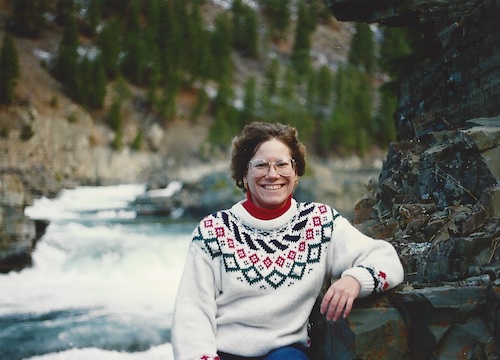
After two years with that organization, she began working with the U.S. Forest Service in Montana. She enjoyed many things about the job, including working closely with Native American tribes whose land bordered that of the Forest Service. She and other Forest Service employees helped protect their sacred grounds, including during the filming of “River Wild.” The film crew was informed not to advertise where they were filming a particular scene, which was close to those sacred grounds. When the actors hit the talk show circuit, they were instructed to say only that it was “filmed in Montana.” After hours, Smith watched several talk shows to see that the actors held up their end of the bargain.
In 1995, a government shutdown put her out of a job, so she began a library science degree. In 2000, she was hired at the Hoover Presidential Library and Museum, which is operated by the National Archives and Records Administration. These days, Smith explains, the National Archives does not create buildings for presidential libraries; it is up to individual former presidents to build and run their own museum. Obama’s museum, run by a private organization, is under construction in Chicago. His papers and Trump’s papers are held by the National Archives to be digitized for online access.
She jokes that her job as audiovisual archivist means “I watch movies of dead presidents and read their mail.” She goes through all types of audiovisual material to find information about Hoover to add to the archives—films, audio recordings, home movies, photographs, and newsreels relating to Hoover and deputies in his administration. As she talks about her job, it is clear how incredibly knowledgeable she is about the Hoover administration. Among the many stories she can tell is of President Truman calling Hoover after WWII to create something that would help people around the world. According to Smith, Hoover’s work “morphed into UNICEF.”
Listening to the excitement in Lynn Smith’s voice as she talks about her career and about Hoover, it is clear she picked the perfect field of study at CSU for her interests and skills.


